A name synonymous with astronomy and its most revolutionary idea, Nicolaus Copernicus is the guy who presented that controversial idea of a heliocentric universe ie. the sun is the centre of the universe, not the earth!
While we can excuse the archaic idea of the known 'universe' being our own neighbourhood solar system, it's safe to say that Copernicus was on the money and his calculations of other planetary orbits were done so with remarkable accuracy. His work De revolutionibus orbium coelestium would help revolutionise the science of astronomy and influence many great minds to come. However, it is a lesser-known fact that the man originally known as Mikołaj Kopernik was a Pole, born and raised in the prosperous medieval city of Toruń on February 19, 1473. Having spent the first 18 years of his life as a citizen of privilege here, there are a number of key sites around Toruń connected with Copernicus and his family.
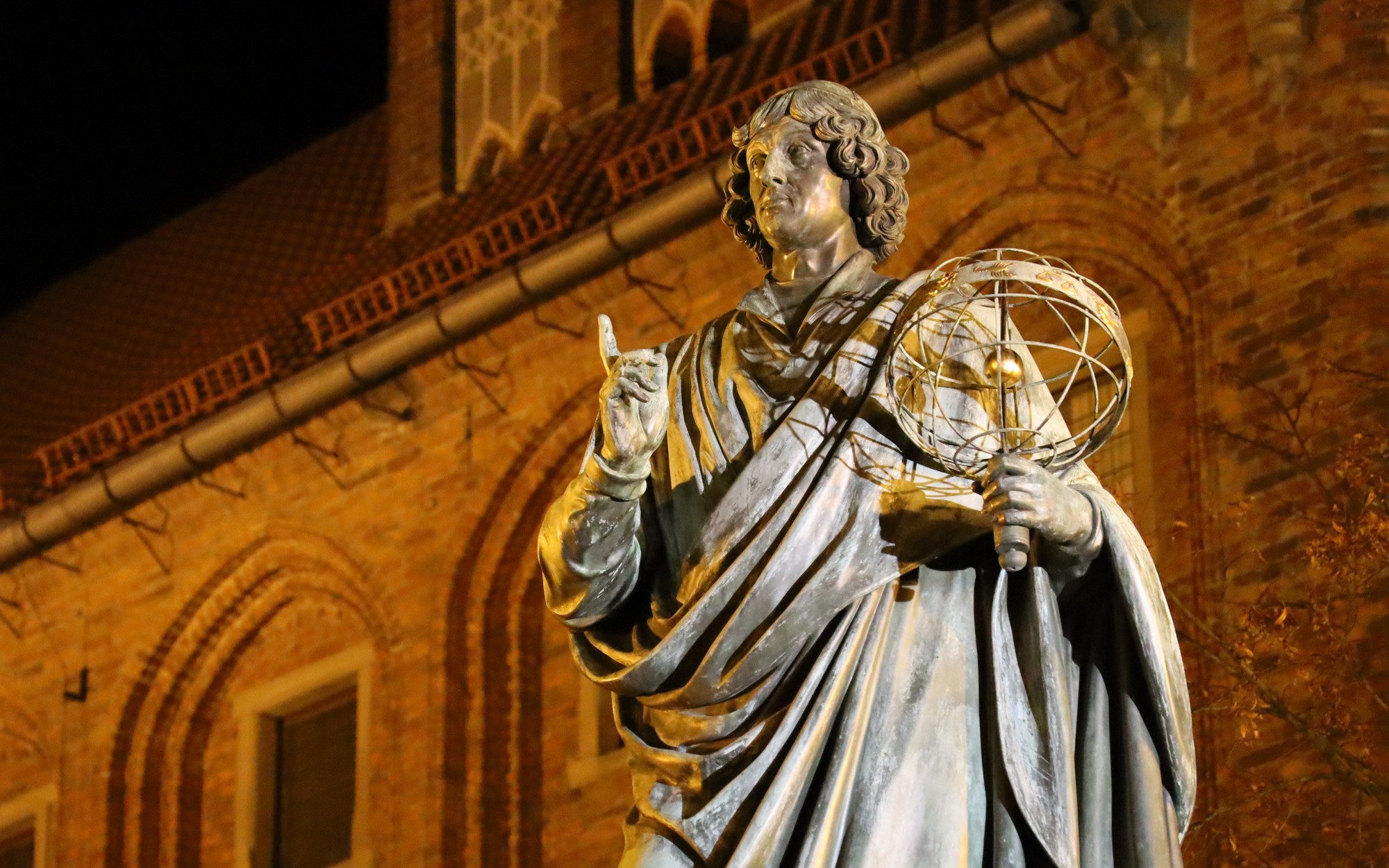
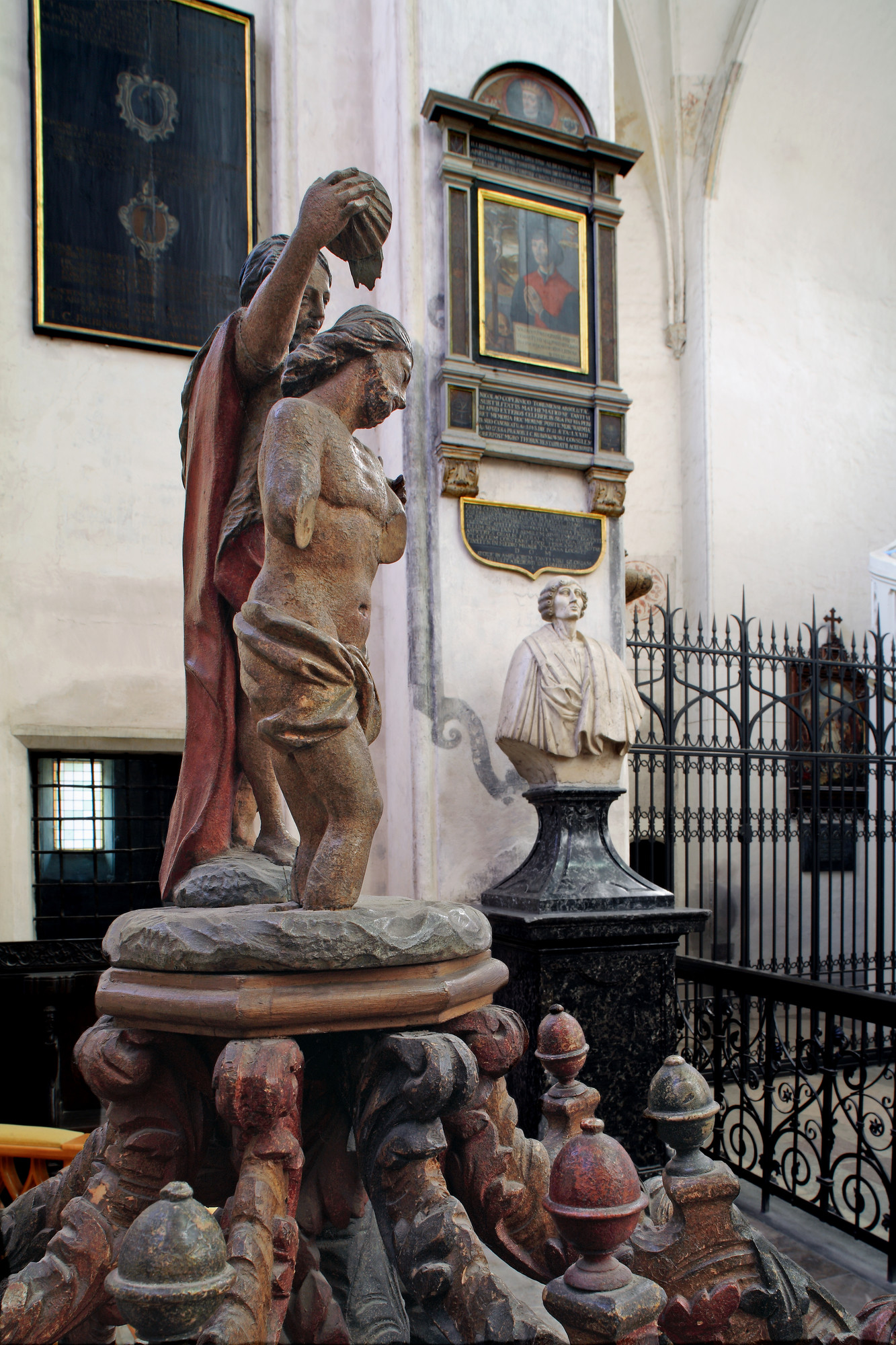
Where was Nicolaus Copernicus born?
Nicolaus Copernicus, also known as Mikołaj Kopernik, was born in the Polish city of Toruń on February 19, 1473. His father, Nicolaus the Elder, was a wealthy merchant from Kraków, married to Barbara Watzenrode, Nicolaus the younger's mother. While the Kopernik family owned two properties in the Medieval old town area, including the House of Copernicus on ul. Kopernika in Toruń's Medieval centre, it is unclear which of these sites were his actual place of birth. Copernicus is believed to have been baptised in St. John's Cathedral, where a now-popularised side-chapel and his purported baptismal font are on display.Following the death of his father in 1483 and the patronage of his uncle, Lucas Watzenrode the later Prince Bishop of Warmia, historians believe that he probably attended the school associated with St. John's Cathedral, followed by studies at the Cathedral school in nearby Wrocławek. Due to his uncle's position in the church, it is clear that Copernicus was being groomed to follow a similar career path.
House of Copernicus - Where did Copernicus live?
While his exact place of birth is open to debate, historians agree that Nicolaus Copernicus and his family certainly resided at Dom Kopernika (ENG: The House of Copernicus) at ul. Kopernika in Toruń. In the 21st century, the House of Copernicus is now a comprehensive museum of the astronomer's life and work, as well as a general history of astronomy.As the museum's permanent exhibition begins in the building's arch-roofed cellar, you are a fantastic interactive overview of astronomy of the ancient and medieval world is presented under a 3D model of the earth, the planet which humankind understood as the centre of the universe - the 'geocentric' model - for over a millennia before Copernicus' revolutionary ideas. This was largely based on the ideas of the Greek philosopher Aristotle and the Greco-Roman-Egyptian scientist Ptolemy and were used to justify various scriptures in the bible. In addition to these references, there are a number of predecessors and contemporaries of the famed astronomer detailed here, which help to contextualise the world of science that Copernicus lived in. Emerging onto ground level, the Kopernik and Watzenrode family are presented with an extensive genealogical tree and various interactive profiles of each member, painstakingly compiled by historians and researchers. In particular, we learn about Nicolaus Copernicus' uncle, Lucas Watzenrode, who became the patron of his nephew when his father, Nicolaus the Elder, died in 1483. A high-standing member of the church and later the Bishop of Warmia, Lucas Watzenrode was instrumental in steering Nicolaus Copernicus' career path towards the sciences! As you, the museum visitor, ascend the narrow stairs into the living quarters and storage areas of the upper levels, the furnishings and installations of 15th-century commodities and technology convey how domestic life in a merchant tenement house would have looked in Copernicus' lifetime.
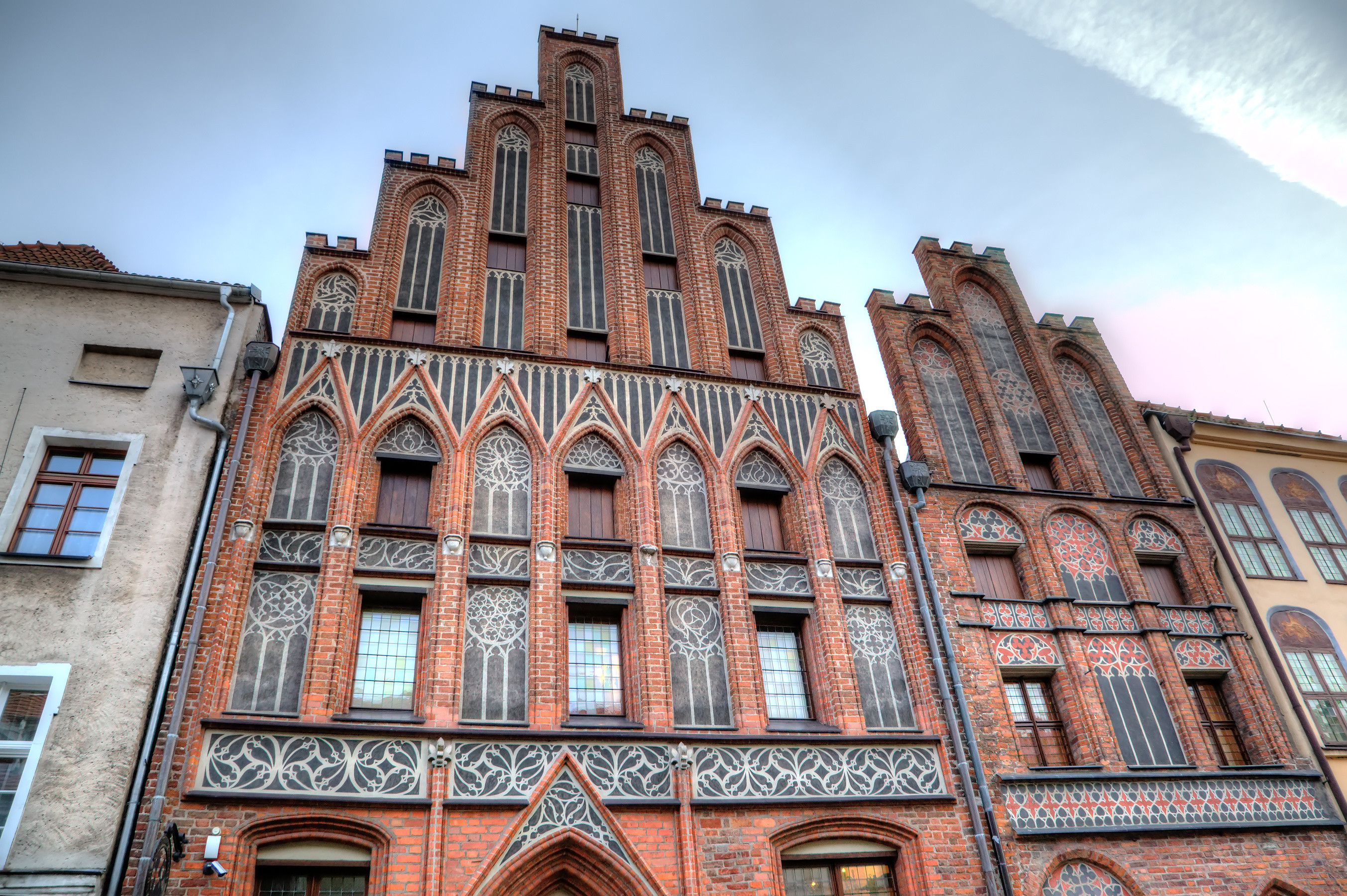
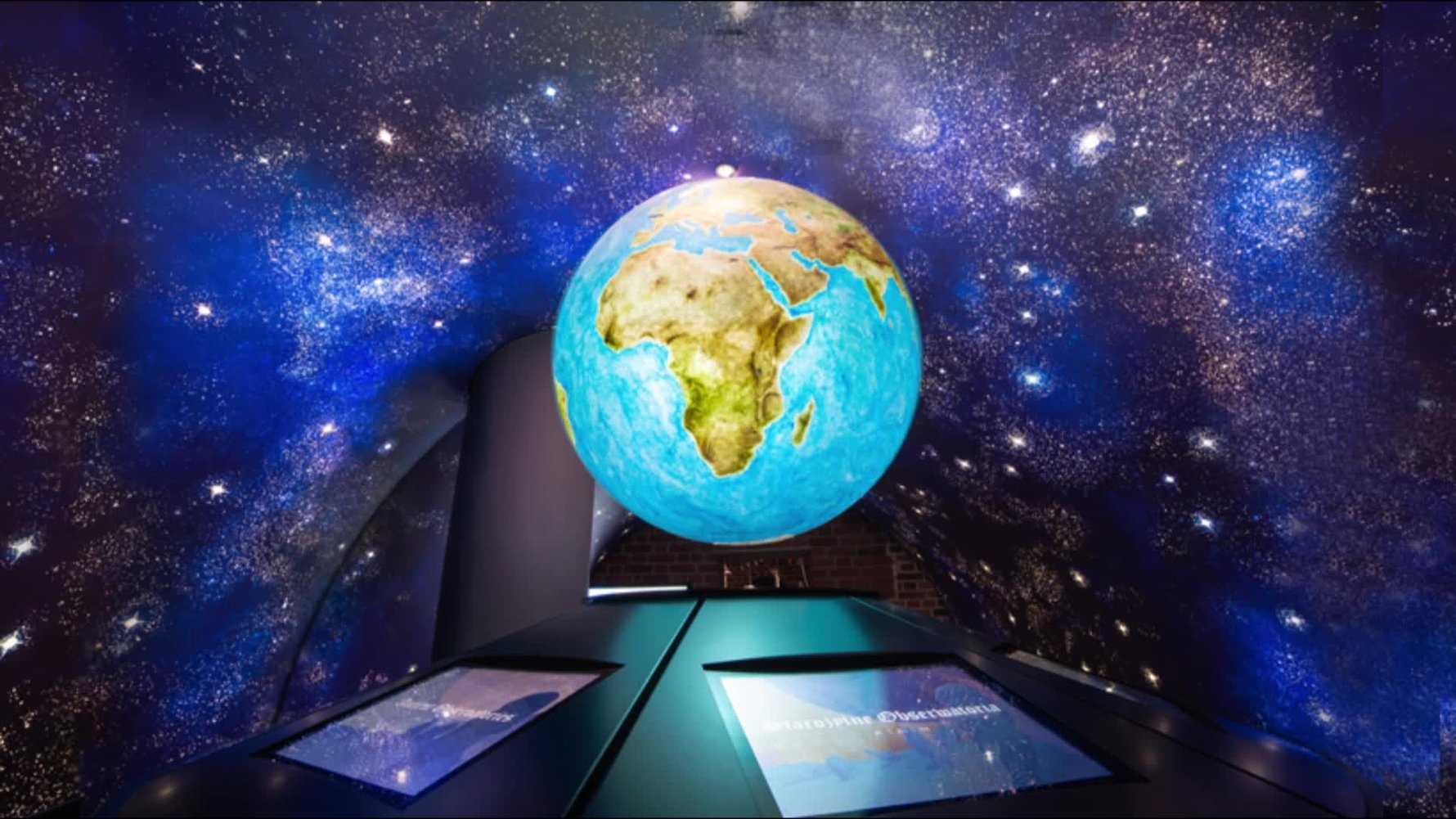

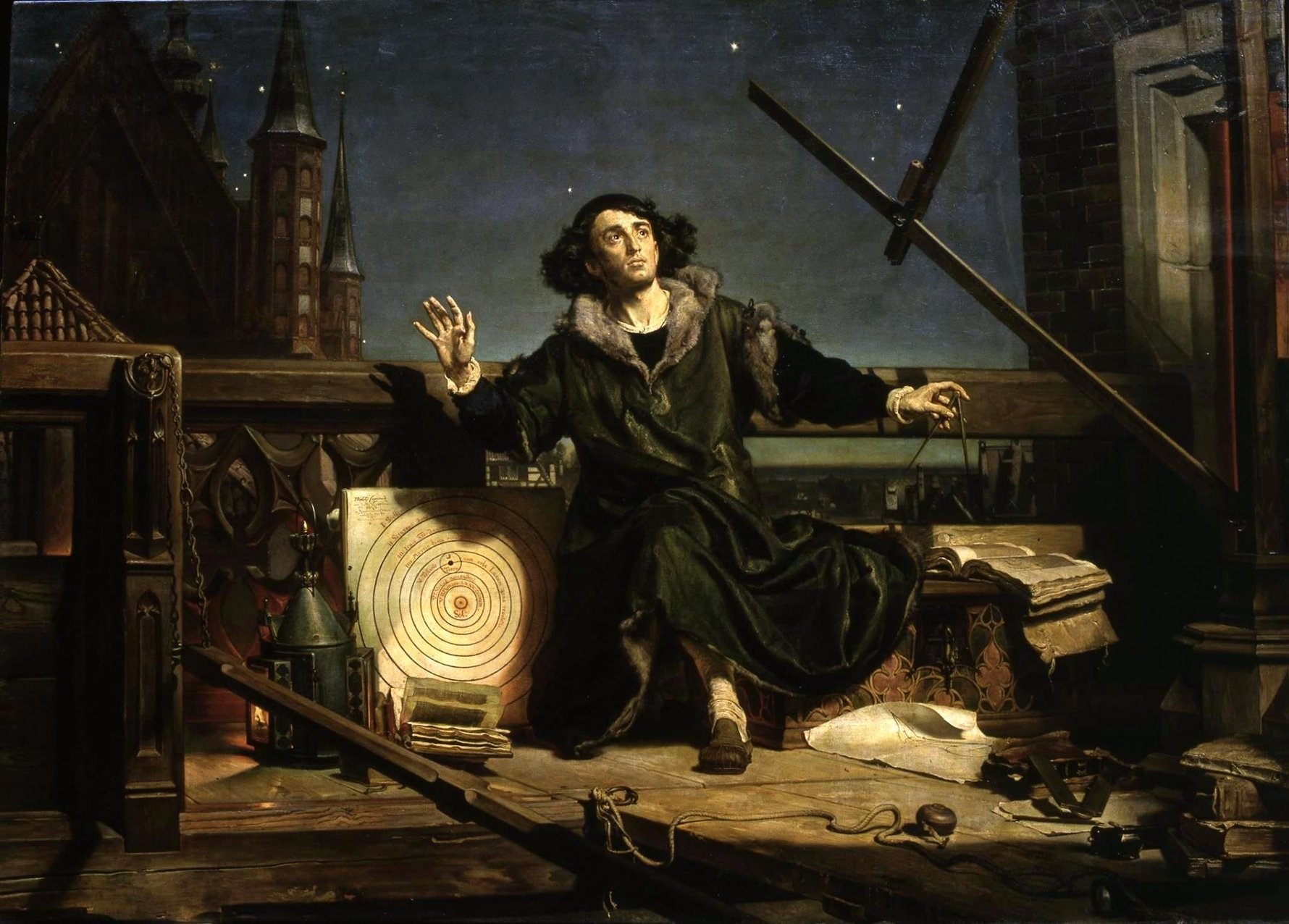
Copernicus' Legacy - Places connected with Nicolaus Copernicus in Toruń
As it can be expected, Toruń's local hero is well-represented when it comes to souvenirs and merchandise. In and around Toruń Market Square, you're able to purchase everything from t-shirts to coffee mugs, fridge magnets, calendars and even some other curious feats of merchandising such as matchboxes declaring that he "f***ed the system" in Polish. When it comes Copernicus sightseeing in Toruń, you are is able to visit St. John's Cathedral, where the famed astronomer was baptised and attended school in his youth. The original baptism font (water bowl) are on display. We have already spoken at great length about the House of Copernicus, a fantastic brick gothic tenement house that was once the astronomer's home and is now a comprehensive museum about Copernicus' life and work.While several copies exist around the city, the original of the famous 'Toruń Portrait' of Nicolaus Copernicus is on display at Toruń's Old Town Hall, which is now a museum of fine art and houses other famous works of Polish art. Thanks to the astronomer's legacy and his contributions to our understanding of the universe, Toruń's Planetarium is a dome-shaped building that presents 40-minute presentations on various cosmic wonders - the size and structure of the Universe, the most popular constellations in the sky, and the secrets of planets and galaxies, just to name a few. While certain aspects of the afore-mentioned venues may be a little more challenging for younger minds, the Planetarium is highly recommended for families with young children! A popular summer evening activity is watching the Cosmopolis Fountain light up, which is designed and laid out in correspondence with Copernicus' heliocentric scheme.



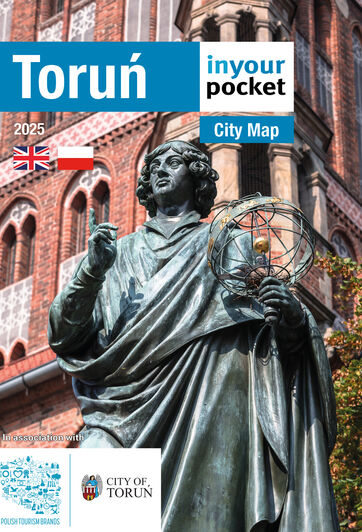
Comments